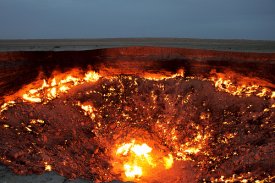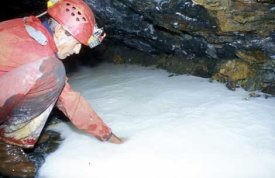beer good
Well-Known Member
I don't think we have a general thread for various findings, discoveries, ideas and theories that are just... fascinating. Not necessarily new, just stuff you look at and go "Wow, we share the planet/galaxy/universe with that? Awesome!"
For starters, did you know there's a giant waterfall of blood in Antarctica? Well, sort of. HP Lovecraft would have grinned from ear to ear if he knew about this. And the explanation for how it happens just makes it better.

For starters, did you know there's a giant waterfall of blood in Antarctica? Well, sort of. HP Lovecraft would have grinned from ear to ear if he knew about this. And the explanation for how it happens just makes it better.









